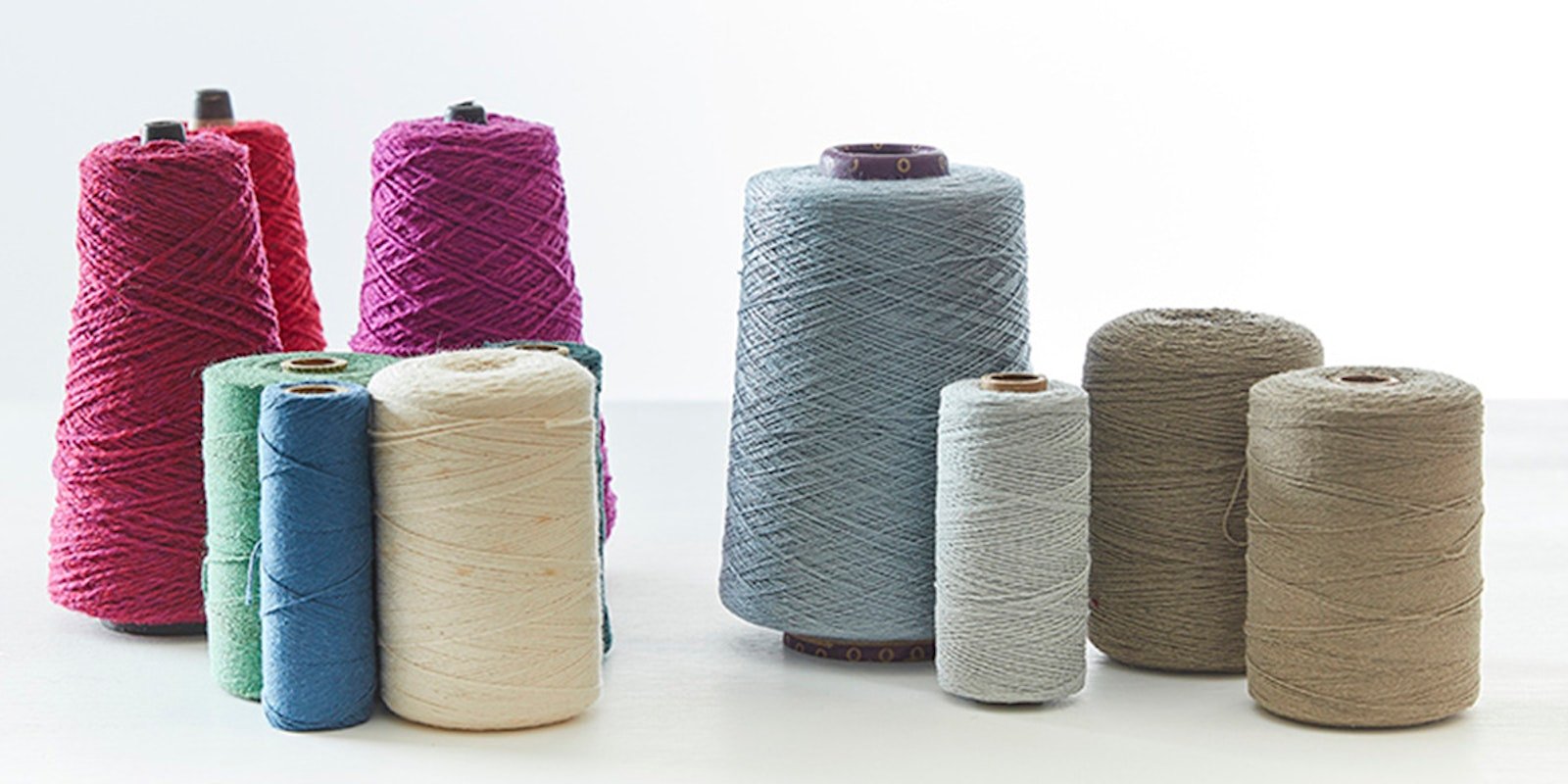Who among us doesn’t love having an “Aha!” moment where we learn a new trick or technique that somehow makes our weaving lives easier. No matter how long we’ve been weaving, there’s always something new to learn, some new reason to shout, “Eureka!” In her post, weaver and author Sherrie Amada Miller recounts a recent "Aha!" moment when a friend taught her the secret to winding a bobbin. —Christina
I have finally learned how to wind a bobbin correctly. If I was a beginning weaver this would not be very newsworthy. But I have been weaving for a very long time. How long? Elvis was still very much alive when I learned to weave. Of course I’ve wound countless bobbins since then, but a few days ago I found out that I was doing it all wrong. My bobbins were mushy.
 | |
| A tightly wound bobbin is a beautiful thing. |
During a visit from a fellow guild member (and extraordinary weaver!) I casually mentioned that I felt my weaving had too much draw-in. She asked to see the bobbin I was using for a current project. I gave her what I thought was a reasonably wound one filled with 8/2 cotton. After squeezing the fiber tightly between her fingers she instantly declared the bobbin to be mushy. I felt as if a weaving-savvy Sherlock Holmes had just discovered a vital clue that somehow I had overlooked for decades. That’s how I learned that one weapon against excessive draw-in is a rock-hard bobbin.
I don’t think weavers ever stop trying new methods in their quest for perfectly tensioned warps and those elusive perfect selvedges. Could it be that some of us suffer from a weaving-inferiority complex? I do. No matter how many years we’ve sat in front of a loom we still don’t think our weaving is quite as good as it could be. Maybe the next new tip or trick will bring weaving enlightenment.
That’s why we always have our fiber feelers out for new and hopefully better methods of warping and weaving. Every so often our guild has a member demonstrate a particular warping technique. Whether it’s how to warp from front-to-back without getting any twist in the heddles or how to use a trapeze for perfect tension, we always have a great turnout for these programs.
As a new weaver I remember following step by step the warping instructions in Deborah Chandler’s classic book, Learning to Weave. How rewarding it was just to get a warp on my loom. Warping confidence comes slowly but with confidence comes the freedom to experiment a bit. It could be at a workshop, at a guild meeting, or reading an issue of Handwoven, but our weaving radar is usually on and primed to pick up new techniques. Just succeeding in getting a warp on a loom is no longer the goal. Sooner or later we all crave that perfect warp, one that is tight and evenly tensioned.
In pursuit of this holy grail of weaving we are open to new ideas and over time keep tweaking our techniques. My warping methods today are totally different from the ones I used as a newbie. And I’m sure they will keep evolving. How long will it take to produce the ultimate piece of weaving? I don’t know but I sure hope it can be done in one lifetime.
PS: How do you get a rock-hard bobbin?
As you wind the bobbin you need to keep as much tension on the fiber as possible. My friend showed me how to encase the fiber in a small piece of folded leather. Holding the leather scrap instead of the fiber itself will protect your fingers. Not only was the bobbin she wound rock-hard but the piece of leather had little black marks from friction where the fiber had rubbed against it.
—Sherrie Amada Miller

